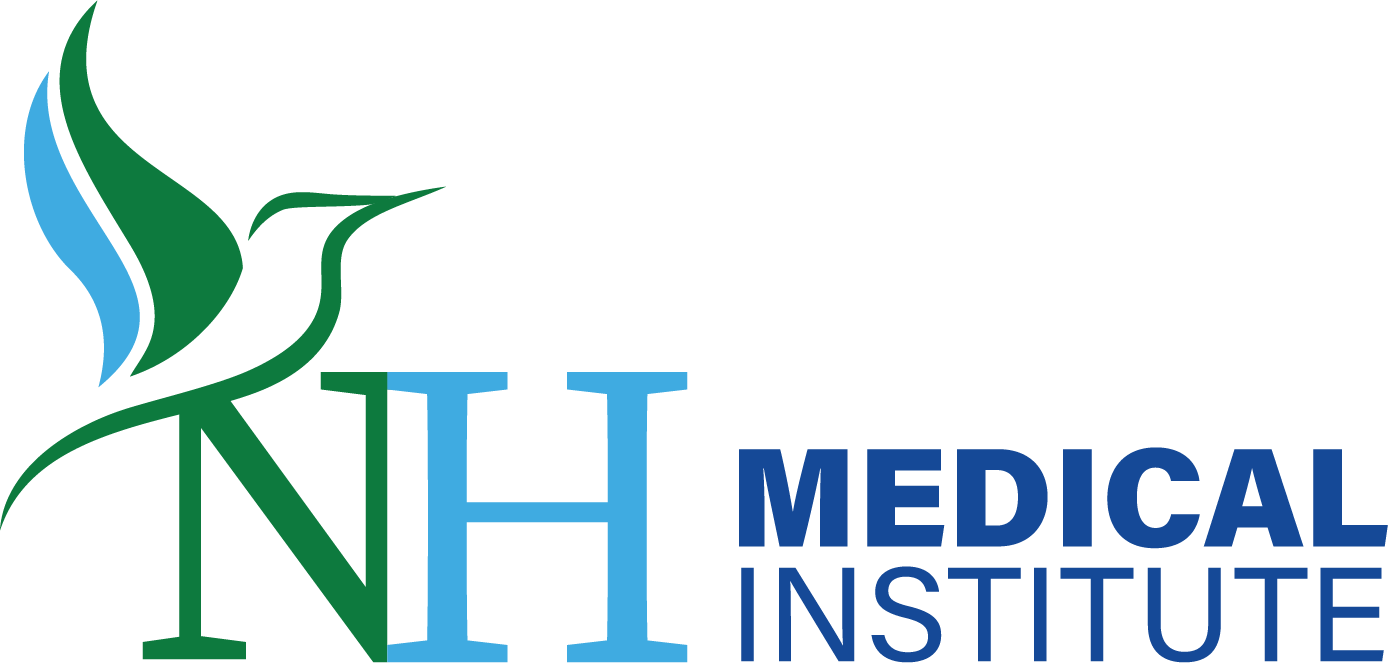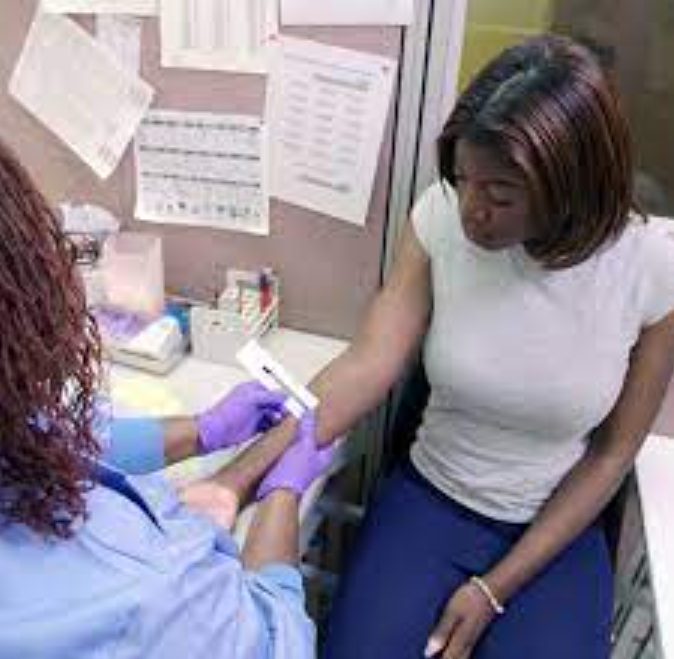Directly Observed Therapy (DOT) is a crucial approach used in healthcare settings to promote medication adherence, particularly in the treatment of various infectious diseases. By ensuring that patients take their prescribed medications as intended, DOT significantly increases treatment success rates while preventing the development of drug resistance.
This article aims to provide an insightful and informative overview of DOT, exploring its purpose, benefits, real-life examples, and potential challenges.
Defining DOT and its Purpose:
DOT refers to the practice of healthcare professionals directly observing patients while they take their prescribed medications. The primary purpose of DOT is to enhance medication adherence, as per the prescribed dosage and frequency. This strategy is often employed in the management of conditions such as tuberculosis (TB), HIV/AIDS, multi-drug resistant TB, hepatitis C, and other infectious diseases that require long-term treatment.
Benefits of DOT in Healthcare:
1. Increased Medication Adherence: DOT ensures patients consistently take their medications, reducing the risk of treatment failure due to missed or incorrectly administered doses. This results in improved patient outcomes and a higher likelihood of successful recovery.
2. Reduced Drug Resistance: Ensuring patients adhere to their medication regimens through DOT helps prevent the development of drug resistance. Non-adherence, such as skipping doses or inadequate medication administration, can contribute to the emergence of resistant strains, thereby complicating future treatment options and increasing healthcare costs.
3. Improved Public Health: By promoting medication adherence and reducing the spread of infectious diseases, DOT plays a vital role in public health efforts. Controlling the transmission of diseases like TB and HIV not only benefits individual patients but also helps prevent outbreaks in communities.
Real-Life Examples and Case Studies:
1. Tuberculosis: Studies have consistently shown that DOT significantly improves treatment completion rates and reduces the risk of relapse among TB patients. According to a study conducted in Peru, DOT implementation resulted in a 71% higher treatment success rate compared to self-administered therapy. The involvement of healthcare professionals ensures patients complete their treatment, leading to effective disease control.
2. HIV/AIDS: In the management of HIV/AIDS, DOT has been found to enhance adherence to antiretroviral therapy (ART). A study conducted in Kenya involving 282 patients showed that those receiving DOT had higher adherence rates (94%) compared to those on self-administered therapy (64%). This increased adherence resulted in higher viral suppression rates and improved immune system functioning.
Challenges Associated with DOT Implementation:
1. Resources and Cost: The implementation of DOT requires additional resources, including trained healthcare staff and infrastructure to observe patients. This can pose challenges, particularly in resource-limited settings where shortages in personnel, transportation, and financial constraints may impede its widespread adoption.
2. Patient Stigma and Privacy Concerns: The need for direct observation of medication intake can violate patients’ privacy and may lead to stigma. Some individuals may be hesitant to disclose sensitive medical conditions or may face social pressures, making DOT a challenging strategy to implement effectively.
Strategies to Overcome Challenges:
1. Leveraging Technology: Utilizing telemedicine, video calls, and smartphone applications can enable patients to be virtually observed, minimizing the need for physical presence and reducing costs associated with DOT implementation.
2. Collaboration and Training: Collaborating with local community health workers and training them in DOT methodologies can expand the workforce capable of carrying out DOT without overburdening regular healthcare staff. This approach can also foster community engagement and reduce potential stigma.
Conclusion:
Directly Observed Therapy (DOT) is a valuable strategy that significantly enhances medication adherence and improves patient outcomes in the management of various infectious diseases. By ensuring patients take their prescribed medications correctly, DOT prevents drug resistance and contributes to public health efforts. While challenges such as resource limitations and patient stigma exist, leveraging technology and collaborative approaches can help overcome these hurdles to implement DOT effectively. As further research explores DOT’s efficacy across various healthcare settings, its potential continues to demonstrate its significance in improving patient outcomes and forging a way forward in healthcare.
Better Health Care is Our Mission
Same Day Appointments are Available.

